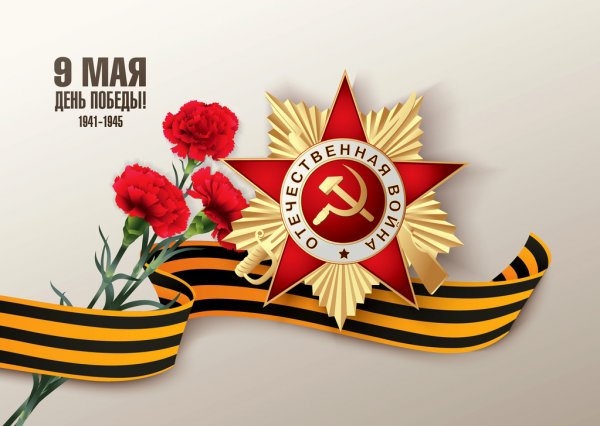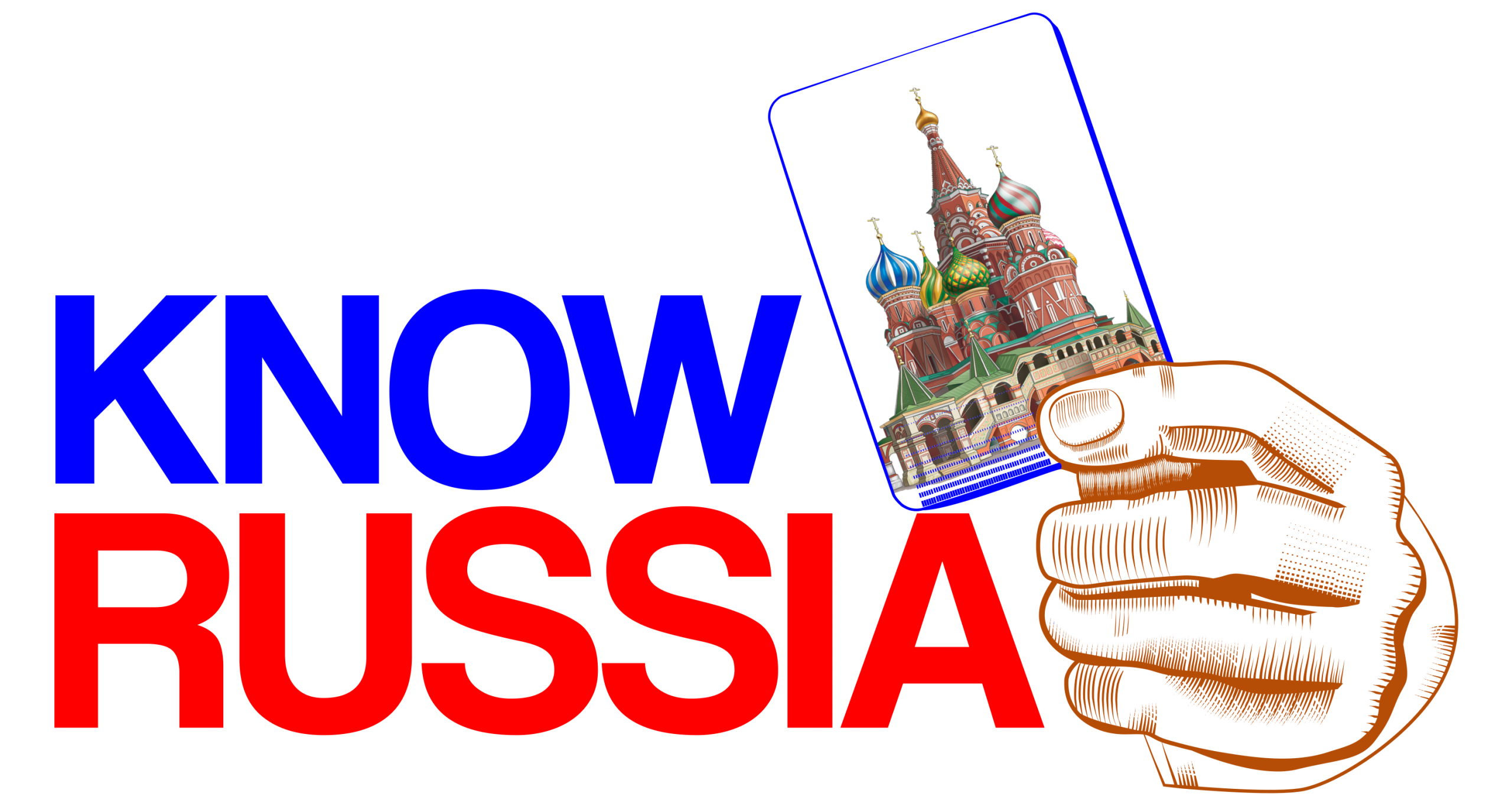
On May 9th Russia celebrates The Victory Day. The day of the victory in The Great Patriotic War. There is no coincidence that this war is called World War II in most of the World, but Great Patriotic War in Russia. Many other countries suffered to bigger or lesser extent and fought to bigger or lesser extent, but no other country fought this war as a war for survival, literally the war for the right to live.
Everybody knows about Holocaust, yet most have no idea that genocide of all of the Soviet people was at least of the same magnitude, if not worse. Nazi troops burned down whole settlements and sent more or less able survivors back to Europe to use in slave labor. Whoever was left had to pay draconian taxes. Concentration camps were all over the place, and most of the prisoners there were local people and prisoners of war, regardless of their ethnicity. Occupied regions lost about one quarter of their population in this war, and about two thirds of them were civilians.
On the other side of the equation, out of total Nazi casualties in the World War II about 80-90% happened on the Eastern front. All other fronts accounted for about 10-20%. Let that sink.
So, Soviet people not only suffered the most from this war and were to lose the most in case of the defeat, but also their effort was by far the most important in defeating The Enemy. I hope I managed to explain why this holiday is a major holiday in Russia and most post-USSR countries, probably the most important one, at least in Russia.
The symbol of the great Victory is a ribbon of Saint George. This ribbon was first used as a part of the Order of Saint George in Russian Empire, which was awarded exclusively for the personal bravery. The ribbon also was awarded to Guard units (which in Russia traditionally are elite military units who earned this title by bravery and skill, not just royal ceremonial guards like in most countries).
In the USSR the ribbon retained its Guards status and became a part of the Order of Glory, which had a statute similar to the Order of Saint George, and a part of the medal “For the Victory over Germany in the Great Patriotic War 1941–1945”.
In modern Russia the Order of Saint George is back, with a similar statute. So, this ribbon symbolizes not only the great Victory itself, but also the continuity of Russian military glory.
